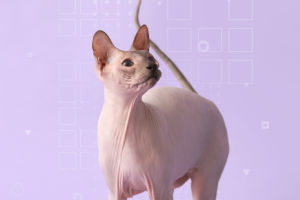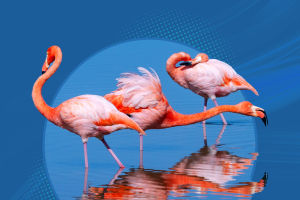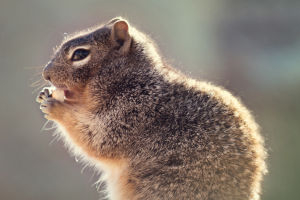Clownfish is a common name for the subfamily anemone of sparganidae, which is a tropical saltwater fish. Clownfish and anemones have an inseparable symbiotic relationship, so they are also called anemone fish. Clownfish ranked 11th on the list of the world's cutest species selected by CNN in 2013.
Clownfish are native to warmer waters in the Indian Ocean and the Pacific Ocean, including the Great Barrier Reef and the Red Sea. Although the distribution of most species is limited, some species are widely distributed. Clownfish live in shallow lagoons or coral reefs at the bottom of shallow seas. India Pacific, red sea, north to southern Japan, South to Australia, Sydney, etc.
Clownfish are not the only hermaphroditic animals, but they are one of the few species in which males can become females and females cannot become males. Each clown fish population has a dominant female and several adult males, and the males are androgynous in their youth. If the dominant female dies, one of the adult males will undergo hormonal changes and become a new female in the population. During the spawning period, male and female fish have the domain behavior of protecting their nests and eggs. One end of its egg will have filaments fixed on the stone, hatch in a week or so, and the young fish will inhabit symbiotic creatures such as anemones after floating in the water layer for a period of time.
Clownfish have special body surface mucus on their body surface, which can protect them from the influence of sea anemones and live safely and freely in it. Because of the protection of the sea anemone, the clownfish are protected from other big fish. At the same time, the leftover food of the sea anemone can also be supplied to the clownfish, and the clownfish can also use the tentacles of the sea anemone to build nests and lay eggs safely. For sea anemones, the free access of clown fish can attract other fish close to increase the opportunity of predation; Clownfish can also remove necrotic tissue and parasites from anemones. At the same time, because of the swimming of clownfish, debris can be reduced to precipitate into anemones. Clownfish can also use the friction between the tentacles of the anemone to remove parasites or mold on the body.
Clownfish are very domain minded. Usually, a pair of male and female fish will occupy one anemone to prevent other species from entering. If it is a large anemone, they will also allow other young fish to join in. In such a big family, the strongest body is the female fish. She and her mate male fish dominate, and the other members are male fish and immature fish that do not show their characteristics. The female fish will chase and oppress other members, so that they can only move in unimportant corners around the anemone. If the female fish in charge of the family disappears, the male fish of the original couple will turn into a female fish within a few weeks, fully having the physiological function of a female, and then spend a longer time to change external characteristics, such as body shape and color, and finally completely turn into a female fish, while the other male fish will produce the strongest one to become her spouse.


